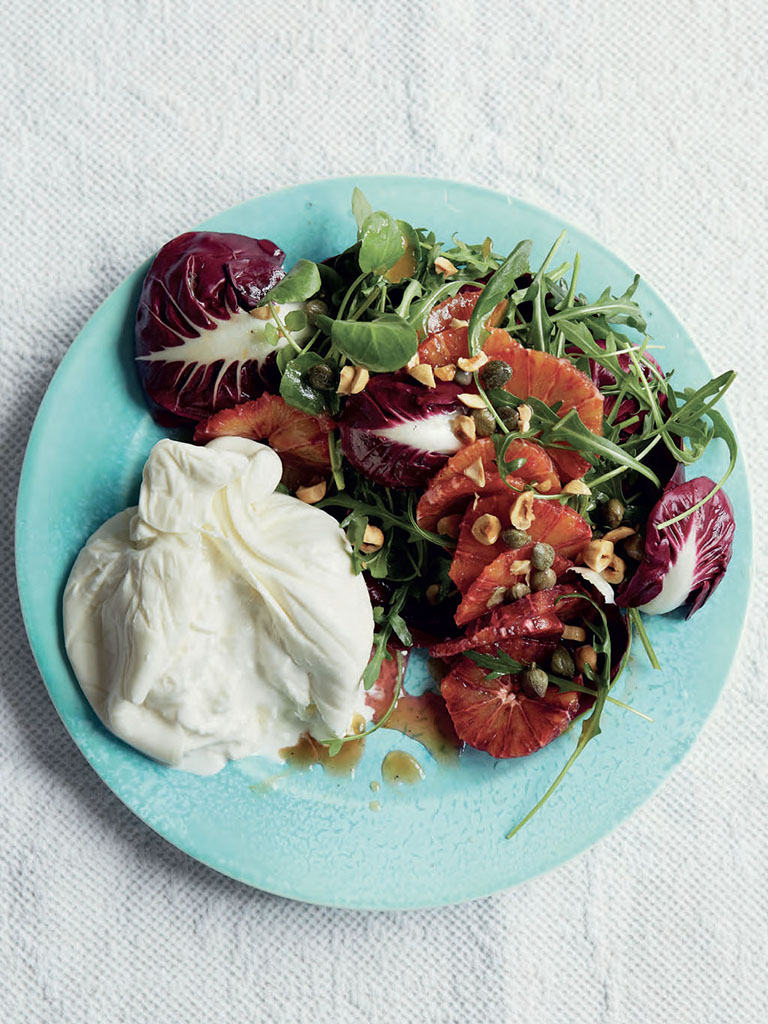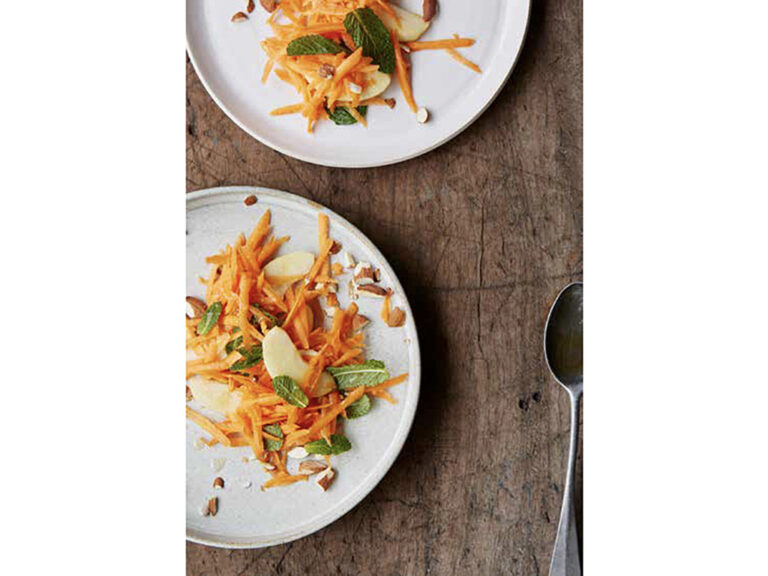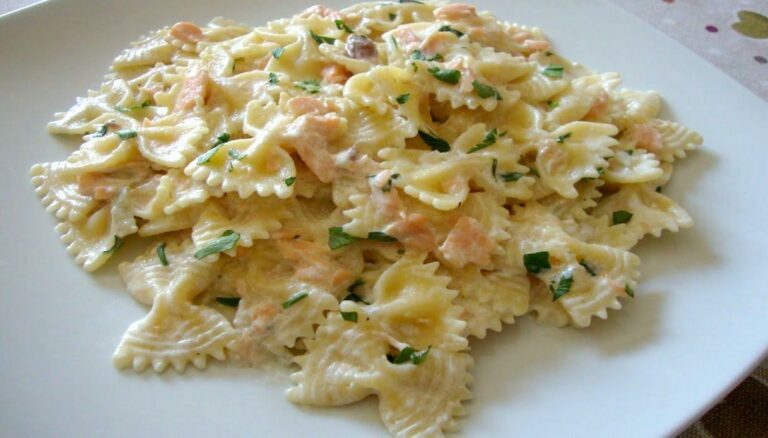
My mum still says that she makes the best chicken milanese. When I phone her, she will tell me that someone in the village wasn’t well, so she took them a milanese and ‘now they are feeling better already.’
Thin slices of chicken, veal or pork, passed through some egg, flour and breadcrumbs and panfried, were so much the story of my childhood and my teenage years. While Plaxy would have been out in London watching bands like The Clash, I was at home in Corgeno eating scallopine, the affectionate word for the little pieces of meat that my mother and grandmother would buy from the butcher in the village. They would make two or three scaloppine milanese each for me and my brother when we came home from school, and we would always be reminded how lucky we were to have them. That was the message, after the war, that to have any meat at all was a sign of wealth. It is not that long ago, and yet if I tell that to Jack or Margherita they look at me as if to say, ‘What are you talking about?’
The milanese were also one of the many examples of the importance of saving leftover bread. My grandmother would have any that didn’t go into soup drying beside the oven, and then she would grate it into crumbs which were kept in jars: some very fine ones for meatballs, and some bigger ones for mixing with herbs to coat fish before baking it. The ones that were for the milanese were put into the oven to dry out and take on a little colour.
The Italian boys in the kitchen at Locanda have the same attachment to milanese, so they must have it once a week when they all sit down to eat before the evening service. I like milanese every way, but topped with some gremolata and sandwiched inside some focaccia, it is a brilliant snack. In Milan, you see sandwiches like this under glass on the counter of every bar, or being sold from stalls in the markets.
Makes 6
silverside of rose veal or chicken
breast 6 slices
plain flour 200g
eggs 3, beaten with a little sea salt
and freshly ground black pepper
Parmesan 100g, grated
dried breadcrumbs 400g
sunflower or seed oil, for frying
plain focaccia 1
For the gremolata:
garlic 2 cloves
fresh parsley a small bunch
lemons grated zest of 2
1 To make the gremolata, on a chopping board crush the garlic into a paste with the back of a large knife. 2 Chop the parsley on top so that they mix together, add the lemon zest and mix well. Keep to one side. 3 Put the slices of veal or chicken between two sheets of clingfilm and flatten with a meat hammer or a rolling pin until about 6mm thick. 4 Have the flour and eggs in separate shallow bowls. 5 Mix the Parmesan and breadcrumbs together in another shallow bowl. 6 Pass each slice of veal or chicken through the flour, so that it is just lightly dusted. Lift up with a fork and dip into the egg, then the Parmesan and breadcrumbs. Press this coating on to the meat so that it is completely covered. 7 Heat some oil in a large sauté pan, put in the coated veal or chicken and sauté until golden on each side. Lift out and drain on kitchen paper. 8 Cut the focaccia into six squares and slice each one in half horizontally. 9 Spoon some gremolata on top of each slice of veal or chicken and sandwich between the slices of focaccia.





